What is Ketamine?
Ketamine was originally used in the 1960’s as a general anesthetic for medical procedures, due to its pain-reducing and sedative effects. Ketamine became classified in the U.S. as a Schedule III non-narcotic substance in 1999 under the Controlled Substances Act. In 2005, neuroscientists began exploring ketamine’s potential role in reducing depression, anxiety, and other mental health conditions. In 2019, the FDA approved esketamine, a nasal spray derivative of ketamine, for treatment-resistant depression. More recently, research studies have evaluated how ketamine influences certain receptor sites which experience overactivity and create anxiety symptoms.At low doses, ketamine has been effectively used as a powerful psychotherapy tool for treating PTSD, Generalized Anxiety Disorder, and Social Anxiety. By reducing the activity of glutamate and glycine receptor sites, which are two neurotransmitters linked with anxiety disorders, ketamine has shown positive effects upon an individual’s ability to break through the defense mechanisms which hinder the recovery process of trauma and other major life stressors. Ketamine can be administered as sublingual tablets, which release small amounts into the system. Microdosing refers to lower dosages of ketamine being introduced into the brain in a very controlled manner. Intravenous (IV) ketamine infusions produce a slow, constant IV drip of ketamine into the bloodstream but can only be done in a hospital or clinic setting. A nasal spray, called Spravato (esketamine) can only be administered at a hospital or doctor’s office, in order to monitor any side effects. Spravato is given once or twice weekly for the first eight weeks, and then only as needed during the maintenance phase.

How Can Ketamine Therapy Reduce Anxiety?
When individuals experience anxiety symptoms, N-methyl-D-aspartate (NMDA), an amino acid derivative, is overactivated in certain post-synaptic neurons, due to a “chain reaction” effect of overactivity in the brain’s glutamate and glycine receptor sites. Glutamate is the most abundant excitatory neurotransmitter within the brain and central nervous system, and it is necessary for effective learning and memory processes. However, glutamate needs to be present at the right concentrations in the right receptor sites and at the right times. Furthermore, the brain’s neuroplasticity, which refers to the brain’s ability to adapt to new experiences and to regulate emotions, is highly dependent upon a consistent and orderly flow of glutamate to bind in the appropriate NMDA receptor sites.Ketamine works in the brain as an NMDA antagonist, thus slowing down certain overactive NMDA receptor sites while still preserving the physiological NMDA receptor activity. By helping to maintain the brain’s neuroplasticity, researchers believe that ketamine therapy can gradually “re-wire” the neuronal pathways which are disrupted in those with anxiety disorders. More specifically, ketamine therapy, preferably through microdosing, can help individuals to work through the traumatic memories in a more empowered physiological and mental state of being. Several studies on microdosed and physician-monitored ketamine administration have shown positive outcomes which are similar to those of antidepressants but which occur in a much shorter time frame and with fewer side effects.

By targeting key brain chemicals related to anxiety, ketamine therapy can also prevent or reduce damage to other parts of the brain. For instance, the amygdala is the brain’s central processor of threatening stimuli from one’s internal and external world. A distress signal is then sent out to many other parts of the brain, including the hypothalamus (which regulates the endocrine system) and the hippocampus (which is the primary memory storehouse), and the quick release of epinephrine (adrenaline) from the body’s adrenal glands puts the brain and body into “crisis mode.” Anxiety can weaken a vital brain area, the prefrontal cortex, which is responsible for most of an individual’s problem-solving and goal-setting skills, as well as one’s behavioral and emotional regulation.
A final neurotransmitter which must be mentioned when understanding anxiety is gamma-aminobutyric acid (GABA), the primary inhibitory neurotransmitter which influences one-third of all neurons within the central nervous system. When glutamate and GABA are not balanced, the result is heightened anxiety, irritability, and physiological discomfort. The inhibitory action of GABA counterbalances the excitatory action of another neurotransmitter, glutamate, thus allowing an individual to manage stressful stimuli and to maintain a sense of well-being even experiencing disturbing emotions. Ketamine therapy, by controlling glutamate levels, can serve the secondary purpose of managing GABA levels. Most anxiety disorders are treated with benzodiazepines, which are highly addictive. Ketamine therapy has the potential for alleviating the diverse physiological disturbances, such as stomach pains, increased heart rate, rapid breathing, restlessness, irritability, and insomnia, which result from high GABA levels.


